Monkeys are smart and social animals. From the small fun marmosets in the Amazon rainforest to the clever baboons in the African savanna, there are different kinds of monkeys around us. Most monkeys live on trees, are active during the day, and may have some physical similarities. While some monkeys may look and behave similarly, some species differ from apes. For example, monkeys usually have a tail and a narrow chest, while apes have no tail and a broad chest.
Monkeys are part of the Primates order, which also includes prosimians, apes, and humans. All monkeys are divided into either Old World or New World monkeys. Old World monkeys come from Africa and parts of Asia. New World monkeys are found in South America and Central America. Even though scientists sometimes have different views on how to classify monkey families and subfamilies, they all agree on the difference between these two groups.
Scientists classify monkeys into two main groups based on their geographic origins and physical characteristics:
Old World Monkeys: These monkeys are native to Africa and parts of Asia. They include species like baboons, macaques, and colobus monkeys. Old World monkeys do not have prehensile tails, and their nostrils are close together and face downward.
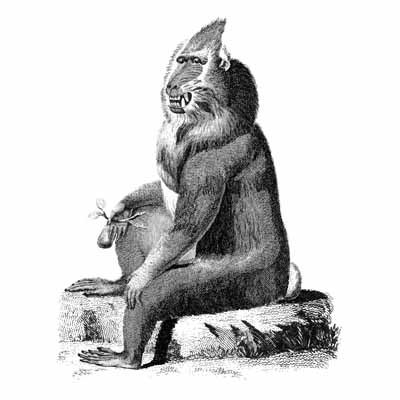
New World Monkeys: These monkeys are found in Central and South America. They include species like capuchins, spider monkeys, and howler monkeys. New World monkeys often have prehensile tails, nostrils that are farther apart and faces to the side.
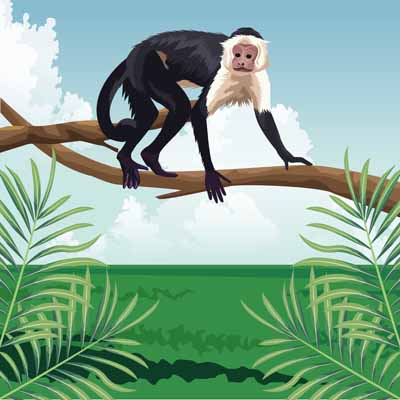
Different types of monkeys
Here are five types of monkeys that are important and interesting for kids to know about:
Baboons: Baboons are large monkeys that live in Africa. They form big groups called troops and have strong social bonds. Baboons eat plants and animals and can adapt to different environments like savannas and forests.
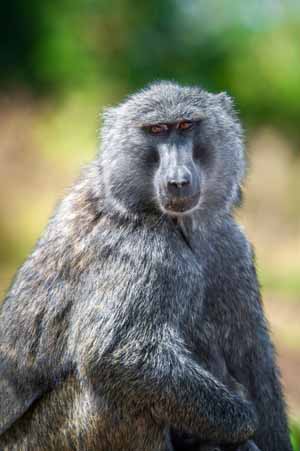
Marmosets: Marmosets are tiny monkeys from the Amazon rainforest. They have tufted ears and are playful. Marmosets live in small family groups and eat insects, fruits, and tree sap. They are fun to watch because they are always moving and communicating.
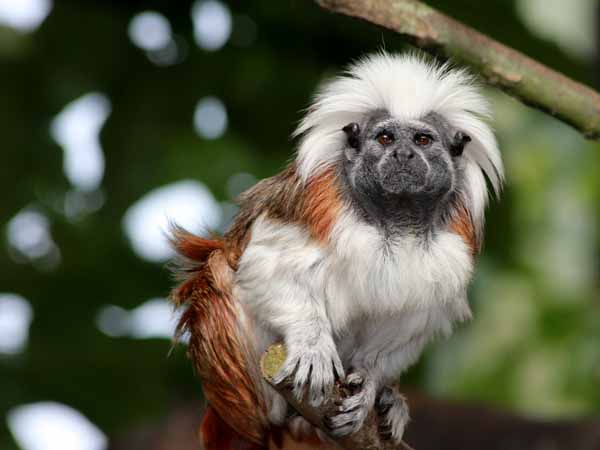
Capuchin Monkeys: Capuchin monkeys are small and very smart. They live in Central and South America. Capuchins are curious and use tools like sticks to get food. They also appear in movies and TV shows because they can easily learn tricks.
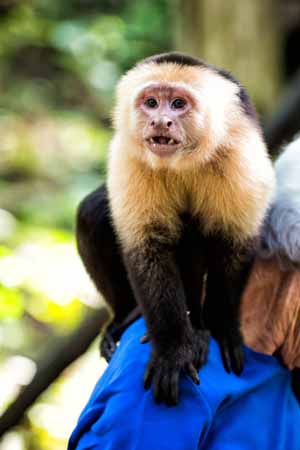
Macaques: Macaques are medium-sized monkeys that live in Asia and some parts of North Africa. They can adapt to different environments, like tropical rainforests and mountains. Macaques have strong social bonds and often groom each other. They eat a variety of foods, including fruits, leaves, insects, and small animals. Macaques are smart and can use tools. Some even wash their food before eating it.
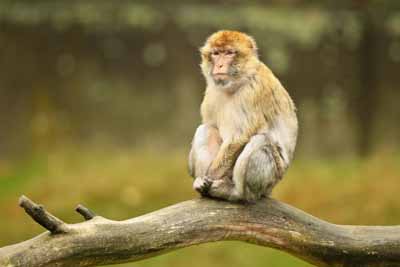
Howler Monkeys: Howler monkeys are known for their loud calls that can be heard from far away. They live in Central and South America. Howler monkeys have strong tails for climbing trees and mostly eat leaves, fruits, and flowers.
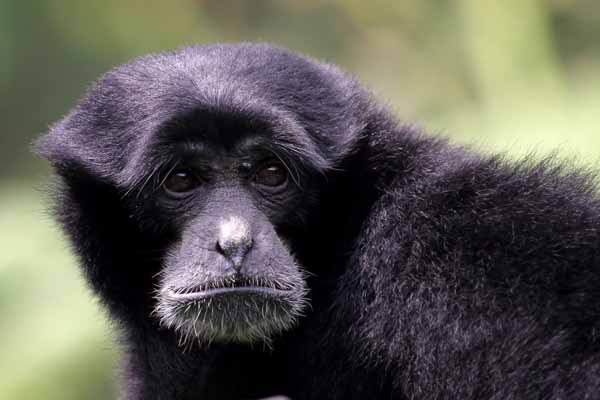
Africa and South America were much closer together, with many small islands in between. The monkeys could have travelled across the ocean by floating on masses of vegetation. As the continents drifted apart and the small islands sank, the two groups were separated and could not breed with each other. Their different environments led to different traits, and the two groups evolved into distinct types of monkeys.
Life Cycle
Monkeys can have babies any time of the year, but most of them give birth during the times that are optimal for their baby’s survival. A monkey’s gestation period can be from about five to more than seven months. Most monkeys have one baby at a time, but marmosets and tamarins often have twins.
Like apes and humans, monkeys are born with their eyes open. They need a lot of care from their parents when they are young. In some species, the father helps as much as the mother. Most young monkeys mature at 3 to 4 years old and their lifespan can vary depending on various factors. Monkeys in captivity can live up to 45 years, but their lifespan in the wild is usually much shorter. Monkeys’ lifespan is also affected by their habitat, diet, and predators.
Monkeys are a diverse and intriguing group of primates that continue to captivate researchers and animal lovers alike. Their types, lifespans, classifications, and habitats offer a glimpse into their complex lives and the intricate ecosystems they inhabit. From the tropical rainforests of the Amazon to the bustling streets of urban areas, monkeys have showcased their remarkable adaptability and resilience.
At Mother’s Pet Kindergarten, we believe in nurturing curiosity and fostering a love for animals among young learners. Understanding and appreciating the natural world, including the fascinating lives of monkeys, is an essential part of our curriculum. By instilling a sense of wonder and respect for all living creatures, we aim to create a generation of environmentally conscious and compassionate individuals.

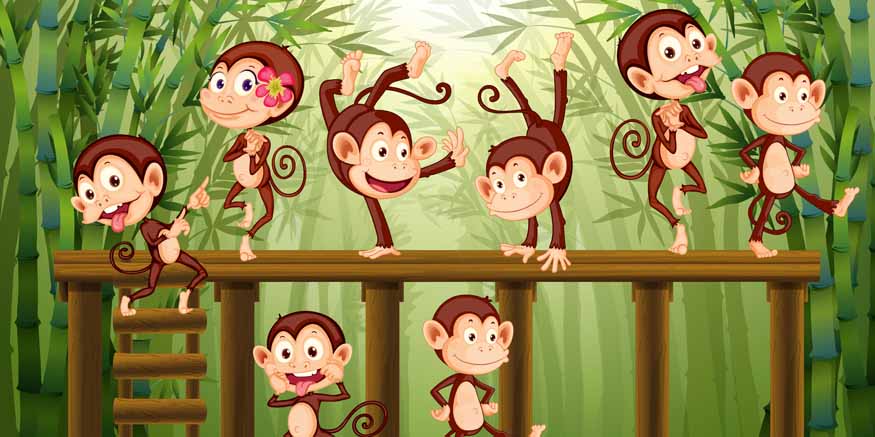











Recent Comments